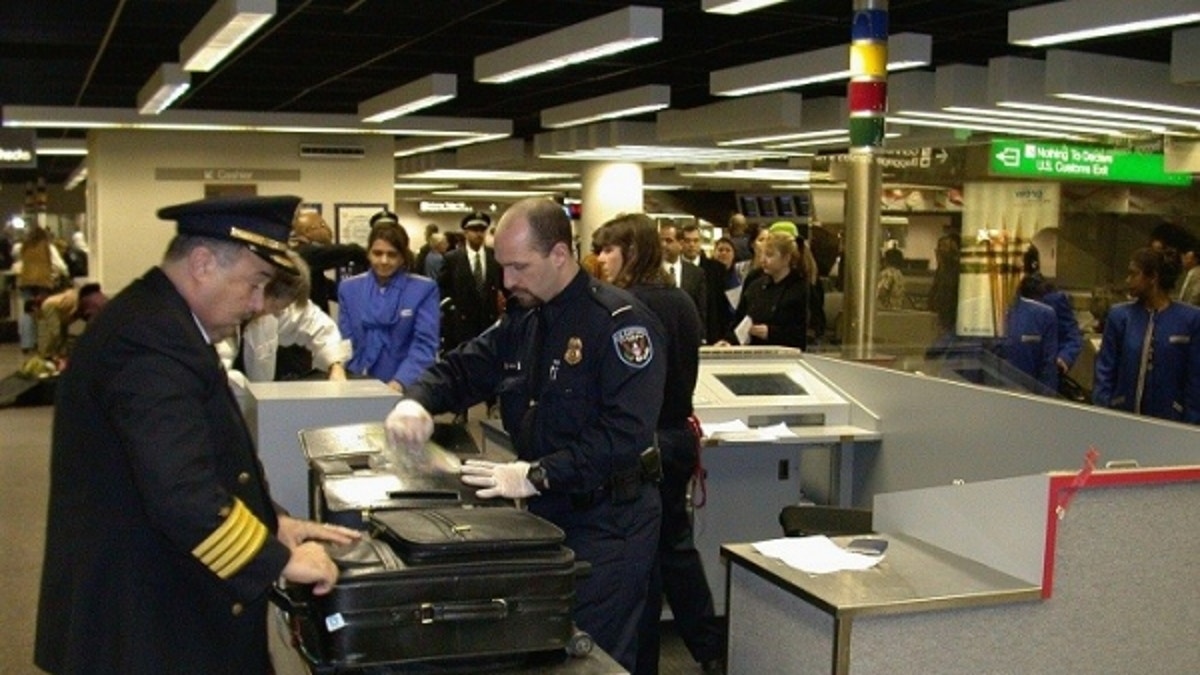
Customs agents inspect airline passenger bags at New York's John F. Kennedy Airport. (Reuters)
If you’ve ever traveled abroad and tried to bring back some produce or unwrapped food, it's likely a Customs and Border Protection officer agent confiscated it.
But what happens to that ripe papaya or juicy apple after it’s wheeled away?
A new behind the scenes video from Great Big Story, a digital video network that answers life’s little questions, gives curious viewers a first hand look at what really happens to food barred from entering the country.
“The reason why we’re confiscating all this stuff is not because it’s harmful to a human being,” explains Ellie Scaffa, a supervisor with U.S. Customs as New York City’s John F. Kennedy airport. “It’s harmful for our plants and for our animals.”
The U.S. Customs and Border Protection website gives a more thorough explanation for what types of foods may be brought into the country. Rules likely differ depending on where you've traveled.
Scaffa says she confiscates between 400 to 600 pounds of foreign food every day. Among the avocados and mangos, she found luxury ham from Spain and cheeses from Italy.
As the video shows, after fruits and vegetables are inspected for potentially harmful insects, most fresh produce winds up in the grinder—a larger than life sink disposal.
“This is what we have do to protect American agriculture,” says Scaffa.
Check out the whole clip to see where confiscated goes.
